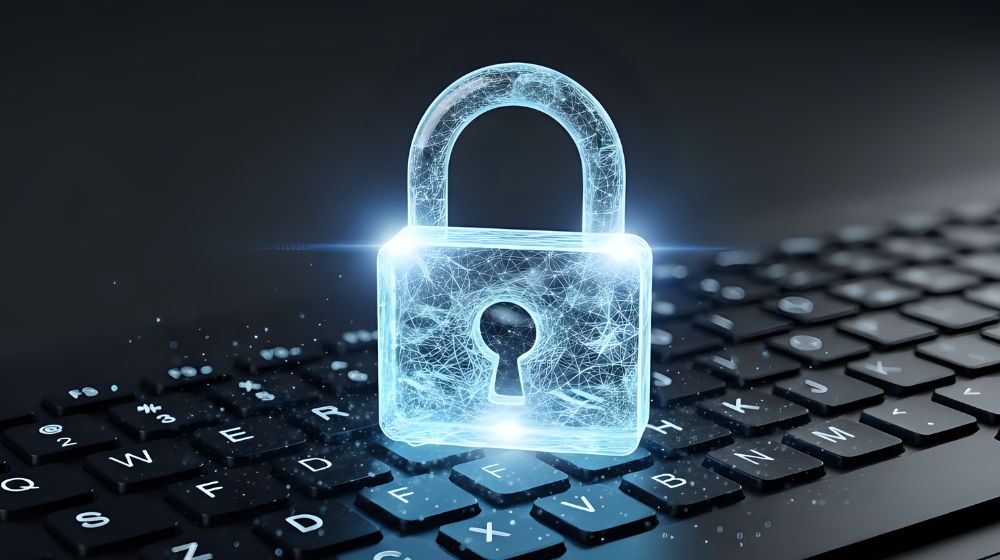A cyber security audit is now a critical business priority, as cybercrime has become one of the biggest business stories of the last decade.
What was once seen as an IT department issue now carries direct implications for revenue, reputation, and even an organisation’s ability to operate.
One of the most reliable ways for executives to understand and manage this exposure is through a cyber security audit. Far from being a purely technical review, an audit provides decision-makers with a clear picture of where vulnerabilities lie and how to strengthen resilience.
Why leaders should prioritise audits
Executives are tasked with protecting the value of the organisation. That responsibility naturally extends to digital assets, customer data, and operational systems. Cyber security audits give leaders confidence that these assets are being safeguarded.
There are several reasons audits deserve boardroom attention:
- Reputation – Losing customer trust after a data breach can take years to repair.
- Compliance – Regulatory penalties are costly and often public.
- Continuity – Even a few hours of downtime can damage operations and revenue streams.
- Investor confidence – Stakeholders increasingly want assurance that cyber risks are being managed effectively.
By treating audits as part of corporate governance, executives reduce the likelihood of financial shocks and reputational damage.
What a cyber security audit actually delivers
A cyber security audit is not about sifting through endless technical details. Instead, it summarises where the business is secure, where it is vulnerable, and what actions are most urgent.
Typically, an audit provides:
- Tailored risk assessment – Shaped to your organisation’s size, sector, and specific threat landscape.
- Regulatory alignment – Covering ISO 27001, Cyber Essentials, NIS2, operational resilience, and more.
- Actionable roadmap – Practical, prioritised steps from quick wins through to long-term objectives.
- Clear reporting – Plain-English executive summaries supported by detailed technical analysis.
- Board-ready outputs – Communicate cyber risks effectively to non-technical leadership.
- Issues most often uncovered
Auditors rarely discover a single catastrophic flaw. Instead, they highlight gaps that, when combined, create significant risk. Common findings include:
- Third party risks
- Poor access controls
- Outdated or missing policies
- Insufficient training
- Inadequate monitoring and logging
- Unpatched systems
- Weak or reused passwords
Each of these represents a practical, solvable issue. But left unchecked, they can quickly escalate into full-scale incidents.
How executives should act on findings
Once results are presented, the board’s role is to ensure that identified risks are addressed systematically. This does not require technical expertise, but it does require clear oversight.
Strong leadership responses include:
- Directing budget toward the most critical security gaps
- Establishing accountability for cyber risk across departments
- Requiring regular employee training and awareness initiatives
- Demanding that suppliers meet minimum security standards
- Scheduling follow-up audits to measure progress
- By embedding these responsibilities into governance, executives reinforce the message that cyber security is a shared priority.
Traits of organisations with strong cyber resilience
Some companies approach audits as an annual box-ticking exercise. Others treat them as part of a broader culture of resilience. The difference shows.
Organisations with mature practices often:
- Align audit cycles with overall enterprise risk management
- Involve legal, compliance, and operations teams alongside IT
- Test their incident response plans with realistic scenarios
- Measure performance with KPIs such as time to detect and time to recover
- Encourage transparency so staff feel comfortable reporting issues
- This mindset ensures that security does not sit in isolation but becomes a routine part of how the business operates.
Looking ahead
The threat landscape is evolving rapidly. Artificial intelligence, deepfakes, and increasingly sophisticated supply chain attacks are just some of the challenges on the horizon. For leadership teams, the key is not predicting every possible attack but ensuring the organisation has the resilience to respond.
Cyber security audits are a vital tool in that process. They give executives the clarity to make informed investments, balance risk against opportunity, and build long-term trust with customers and partners.
Final thoughts
For boards and executives, a cyber security audit offers a direct line of sight into risk exposure and resilience.
By commissioning regular audits, acting on the findings, and embedding the results into wider governance frameworks, organisations strengthen their ability to withstand disruption. At the same time, they demonstrate to customers, regulators, and investors that safeguarding data and maintaining trust is a core priority for the business.
Connect with Toro on LinkedIn and X for more insights on converged security.
At Toro, our Cyber Security Audits are part of a wider commitment to helping organisations manage risk and build resilience. Alongside cyber reviews, we provide a wide range of converged security services including physical security audits, cyber security training and investigations. From protecting data and systems to strengthening physical environments and people, our integrated approach ensures your organisation has the insight and safeguards needed to stay secure.
